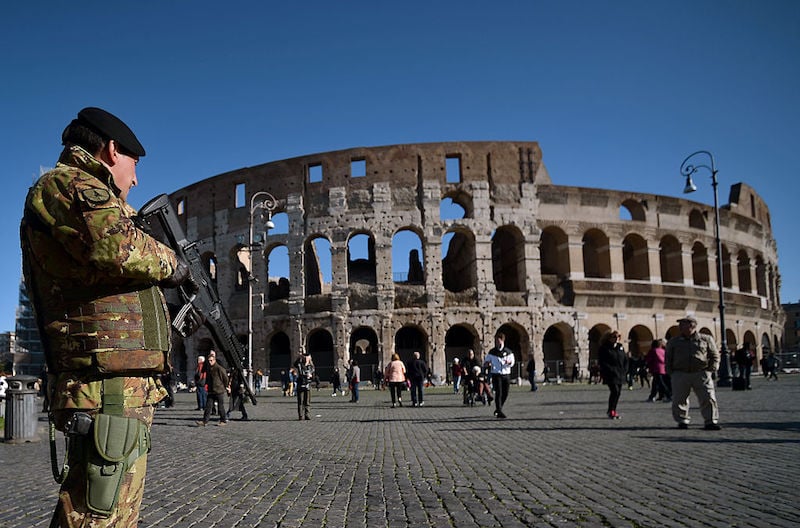Law & Politics
After Brussels Attacks, Italy Announces $336 Million Anti-Terror Heritage Protection Plan
The 20 most-visited cultural sites turn to Big Brother.

The 20 most-visited cultural sites turn to Big Brother.

Henri Neuendorf

In reaction to the terrorist attacks on Brussels last week that claimed 32 lives and injured hundreds, the Italian government has announced a three-year €300 million ($336 million) plan to increase security at its world-famous cultural heritage sites to ensure the safety of visitors and tourists.
The first level of the two-part plan sets out emergency response protocols in the event of an attack. It lays out the establishment of a task force organized at a local level by Italian prefectures in coordination with specialized supervisors and museum directors.
The second level sets out an investment of €300 million ($336 million) over a three-year period in increased security infrastructure such as metal detectors and surveillance cameras at Italy’s 20 most-visited heritage sites. These include the Colosseum, Rome; Pompeii; the Galleria dell’Accademia, Venice; the Capodimonte Museum, Naples; and the Uffizi Gallery, Florence.

A hallway at the Uffizi Gallery, Florence
Photo: Via Wikimedia Commons.
“We evaluated cultural heritage sites which are most at risk, identifying around 20,” Antonella Recchia, secretary general of the Ministry of Culture told the Italian daily Corriere della Serra. “We increased security measures at these sites, including greater police and carabinieri presence, installed metal detectors, and increased surveillance cameras.”
Recchia added that the Ministry of Culture could not reveal more information on the government’s security plan. “If we reveal all the details then the plan is no longer useful.”
According to the Italian Ministry of Culture, €50 million ($56.6 million) has already been spent on bolstering security.

The Capodimonte Museum, Naples was amongst the 20 most at-risk sites identified by the Italian Culture Ministry.
Photo: Wikimedia Commons
Eike Schmidt, director of Florence’s Uffizi Gallery, said, “here at the gallery the presence of military and Carabinieri is already clearly visible.” Underlining the importance of the increased security measures he added, “thousands of people come to our museum every day. On Easter Sunday alone we recorded 8,000 admissions.”